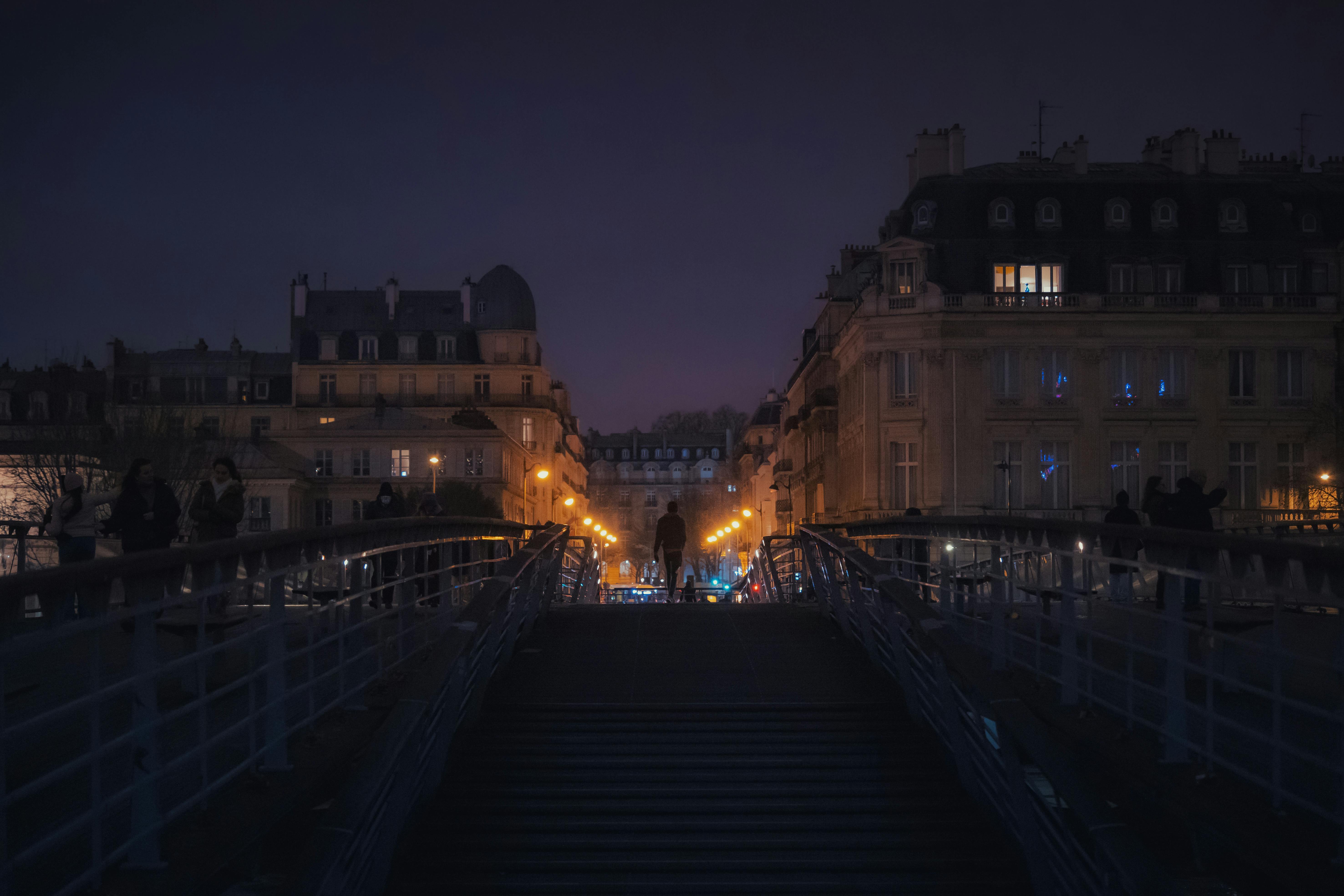Unveiling the Allure of Dark Tourism: A Deeper Dive into the Unknown
The world is filled with wonders and mysteries, beautiful landscapes, and rich cultural heritage. Yet, there's a side to it that's often overlooked, a side that's darker, filled with tales of tragedy, disaster, and death. Welcome to the world of dark tourism. In this article, we delve into the intriguing world of dark tourism, exploring its history, current trends, and the impact it has on travelers.

A Glimpse into the Past
Dark tourism is not a new phenomenon. Its roots can be traced back to the Middle Ages when people flocked to witness public executions. Over time, this interest in the macabre evolved into what we now know as dark tourism. Sites linked to death, disaster, or tragedy have become popular tourist attractions, drawing in curious travelers from all over the world.
Modern Trends in Dark Tourism
Today, dark tourism is on the rise, with more and more travelers seeking out destinations that offer more than just a picturesque landscape or a historical monument. They want to experience something unique, something that challenges their comfort zone, and dark tourism provides just that. From visiting the remnants of the Chernobyl disaster to exploring the eerie halls of abandoned asylums, dark tourism offers an array of unique experiences.
Advantages and Challenges of Dark Tourism
Dark tourism has its advantages. It provides an opportunity to learn about history in a way that a textbook can’t. It can also raise awareness about certain issues, like the consequences of nuclear disasters or the horrors of genocide. However, it also has its challenges. There’s a fine line between education and exploitation, and it’s important for dark tourism to be conducted respectfully and ethically.
Impact on Travelers
Dark tourism can have a profound impact on travelers. It can elicit a range of emotions, from sadness and horror to fascination and curiosity. It can also lead to introspection and a deeper understanding of humanity’s darker side. However, it’s not for everyone. Some may find it too distressing or morbid.
Delving Deeper into Dark Tourism
- Visit the Hiroshima Peace Memorial Park in Japan, dedicated to the victims of the atomic bomb dropped during World War II.
- Explore Pripyat in Ukraine, a ghost town left in ruins after the Chernobyl nuclear disaster.
- Take a tour of Alcatraz Island in the U.S., once home to some of the most notorious criminals in history.
In conclusion, dark tourism is an intriguing and complex aspect of travel. It offers unique experiences and insights into the darker side of history, but it also poses ethical challenges. It’s an area that requires sensitivity and respect, but when done right, it can lead to a deeper understanding of our world and our place in it. Whether or not dark tourism is for you, there’s no denying its growing presence in the travel industry.




